20 May Microsoft Teams and Voice services
Microsoft Teams has been gaining in popularity for years, and it has become one of the most popular internal communications tools. For those of you not familiar with Teams, it has quite a bit of functionality. Teams has chat, file share, video, and different applications that can be used like task lists.
One of the cool features for companies is the ability to integrate voice. This means that you can use Teams as your phone system and place and receive phone calls even to people who are not on Teams. With many users shifting to working from home, having internal and external communication wrapped up in a single application is very powerful. Let’s talk a little about what is required to do this.
First, you have to have the Phone System license, this add-on comes with the E5 license and can be added to users with either E1 or E3. While your pricing may vary the price for the Phone System add-on is $8/user/mo. This will give you the ability to access some of the phone system features. With this license alone you will be able to call other Teams member’s however, you will still need PSTN (Public Switched Telephone Network).
Teams users can gain PSTN access via one of two options, first is to purchase a call plan from Microsoft. A calling plan is purchased monthly by user and usually cost about $12 a month. The calling plan will give the user a unique phone number and the ability to place and receive calls. If you are using a Microsoft calling plan you can get new numbers, or you can keep your old numbers (port them to Microsoft). So, you can keep your phone numbers even if you go with this plan.
The second way Teams users can place and receive calls is to use a third-party carrier, or what Microsoft calls direct routing. So, imagine if you currently have SIP trunks from Level3 and you want to migrate to MS Teams…You can avoid buying the calling plan for each user by setting up a direct route using a gateway (such as Audiocodes) that will allow you to leverage your existing connections.
One of the most important things to do to make your transition to Teams successful will be discovery. How is voicemail handled? How are you handling call queues? What are the regions being added to the system? How are we handling emergency service? There is a very long list of questions to look at to make sure Teams will work for you correctly.
When the time is right, and you have all the questions answered, and you’re ready to move forward, NPI is here to help. We can help with every step of the process from evaluating all the features and costs to design of the call flow, even integration with your current carrier and implementing a direct route and migrating to Teams. If you’re interested in finding out more about Teams and voice integration call us today and schedule a time to talk with one of our representatives.



